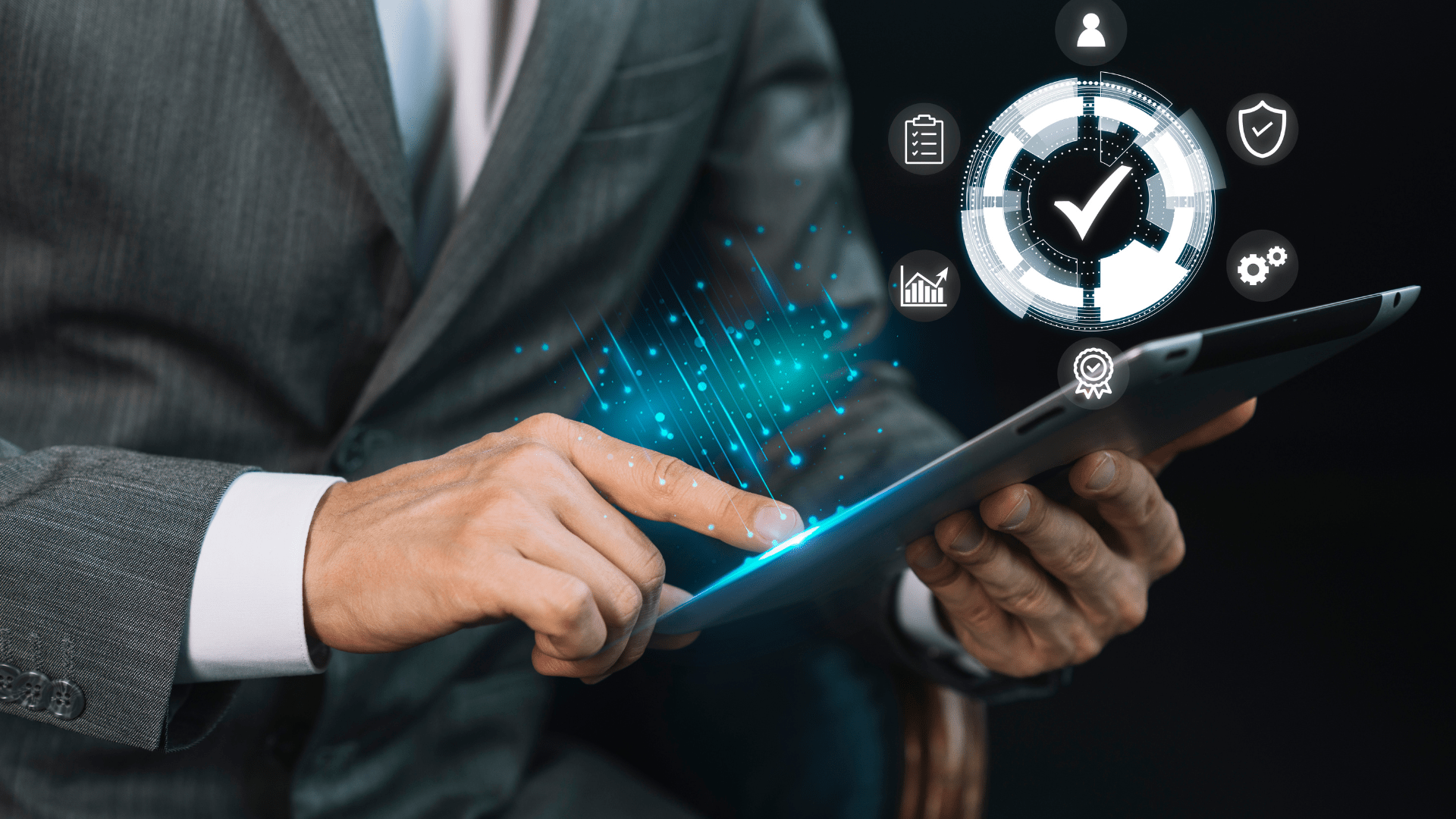
Why Paint with Numbers? Exploring Data Visualization’s Impact on Learning Effectiveness
Data visualization is not just about creating graphs and charts; it’s about turning data into a story—a captivating story that reveals hidden insights. Data visualization is a powerful tool for every leader – especially in the learning and development industry – to uncover correlations between a training method and it’s performance or spot trends that lead to breakthroughs in employee engagement and measuring learning effectiveness. Integrating data visualization tools within Learning Management Systems (LMS) empowers organizations and decision-makers to make informed choices about upskilling and reskilling initiatives, talent management, and overall business development and growth. But there’s more to data visualization!
How data visualization and AI/ML are making way for personalized learning
Data visualization extends its reach into the realm of personalized learning, where it intersects with Artificial Intelligence (AI) and Machine Learning (ML) algorithms. Harnessing the power of AI/ML algorithms to analyze vast amounts of learner data to identify patterns, preferences, and learning styles is not a new idea – businesses have been using this strategy for a while now. This data-driven approach allows decision-makers to design personalized learning paths for each learner, recommending relevant courses, assignments, resources, and targeted interventions based on their unique needs and objectives. Visual representations, such as personalized progress timelines or skill proficiency radar charts, take this strategy to the next level and help learners track their development journey while decision-makers gain insights into the effectiveness of personalized learning strategies.
Similarly, predictive analytics powered by AI and ML enable decision-makers to anticipate emerging learning needs and trends, enabling proactive course adjustments and resource allocation. For example, trend analysis visualizations can identify spikes in demand for specific skills or topics, prompting organizations to develop targeted training programs or allocate resources to meet evolving learning needs. When you add a layer of visualization, decision-makers can stay ahead of the curve, ensuring that training initiatives remain aligned with organizational goals and industry trends.
Interactive learning + visualization = effective learning programs
It is no news that interactive learning experiences engage learners, enhancing knowledge retention and application. Reality-based and interactive learning environments created by VR and AR technologies are changing traditional training methods. VR and AR applications in L&D enable decision-makers to provide hands-on training in realistic environments, enhancing learner engagement and retention. By integrating data visualization elements, such as dynamic performance dashboards or progress meters, organizations can provide learners with real-time feedback and performance metrics. For instance, a virtual lab environment with embedded data visualizations allows learners to interact with datasets and analyze trends, reinforcing learning objectives while providing valuable insights into their progress.
Gamification adds another layer to the learning experience, inspiring and engaging learners through game-like elements such as points, badges, leaderboards, and challenges. Consider this, a leaderboard visualization showcasing top performers can foster healthy competition and incentivize participation, while progress trackers visually represent individual achievements and milestones, encouraging continuous learning and improvement. By analyzing game analytics and learner behavior, organizations optimize gamified learning experiences, fine-tune game mechanics, and content delivery to maximize learner engagement and retention.
Suggested Read: Immersive Learning in 2024: The Juggernaut Rolls On
Integrating data visualization tools within LMS platforms
Learning Management Systems (LMS) serve as the backbone of modern training initiatives. By incorporating data visualization tools directly within LMS platforms, the intuitive visuals enable stakeholders to gain deeper insights into learner engagement, course completion rates, and overall training effectiveness at a glance.
Another key benefit is the ability to access real-time reporting and analytics on learner progress. Whether it’s monitoring quiz scores, tracking completion rates, or analyzing time spent on specific modules, real-time data insights enable agile decision-making and targeted interventions to optimize learning outcomes.
Visualizing the future of L&D
| “Demand for data analytics skills has surged over the past decade, as more organizations realize the potential of business intelligence and advanced analytics to improve every aspect of their operations. When used correctly, data can tell a compelling story that educates, informs and entertains,” states research by Stanford University. |
As AI/ML algorithms evolve, organizations can revolutionize data analysis in L&D, enabling more sophisticated insights and predictive capabilities. Furthermore, the integration of Blockchain technology is set to transform the landscape of secure learning record management. Additionally, a myriad of emerging technologies, including augmented reality (AR), virtual reality (VR), and natural language processing (NLP), are shaping the future of tech-enabled learning. These immersive and interactive technologies hold the potential to redefine how learners engage with content, offering unparalleled opportunities for experiential learning and knowledge transfer.
As organizations and leaders embrace these cutting-edge innovations, data visualization will continue to play a pivotal role in unlocking insights, driving innovation, and shaping the future of learning and development.
Adeptus offers technology advisory services and innovative solutions to businesses that are looking to embrace emerging technologies. Learn more about us and see all the exciting projects we’ve done so far.
Authors: Pravin Kulange and Amit Kaveeshwar
